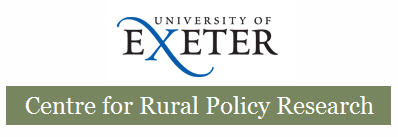

How to ensure Sustainable Healthy Diets produced by Sustainable Agricultural Practices within a Globally Sustainable Ecosystem? More than a decade into the 21st century, around a billion people still suffer from under- nutrition. The same number are affected by overweight, obesity and diet-related ill-health. As governments, the international community, and civil society organisations continue to grapple with global food security, diet is frequently listed among the factors likely to affect it in the coming years. In spite of this, the role of nutrition is often neglected in food security and agricultural policies.
This conference explored a variety of diet and nutrition-related themes, including examples of best practice in tackling under- and over-nutrition; the policy implications and challenges of dietary change, associated with both increasing affluence and poverty; how to protect women, children and other vulnerable groups from food and nutritional insecurity; sustainable diets; the role of the private sector in boosting nutritional outcomes; and the policies required to address the various forms of under-, over- and mal-nutrition in a world of changing climate, finite natural resources, and an increasing population.
Overarching questions included:
- How can food and nutritional security be improved in different parts of the world?
- What are the policy measures required to tackle both under- and over-nutrition?
- How do the above relate to food security concerns at international level? With what implications for food and agricultural policies?
- What is a sustainable diet? How can more sustainable eating habits become reality? How can vulnerable groups such as children be protected?
- What future food, nutrition and agricultural policies are required at national and international levels?
- How can the Food and Agriculture Organization’s definition of food security – which states that “food security exists when all people, at all times, have access to sufficient, safe and nutritious food to meet their dietary needs and food preferences for an active and healthy life” – be realised?